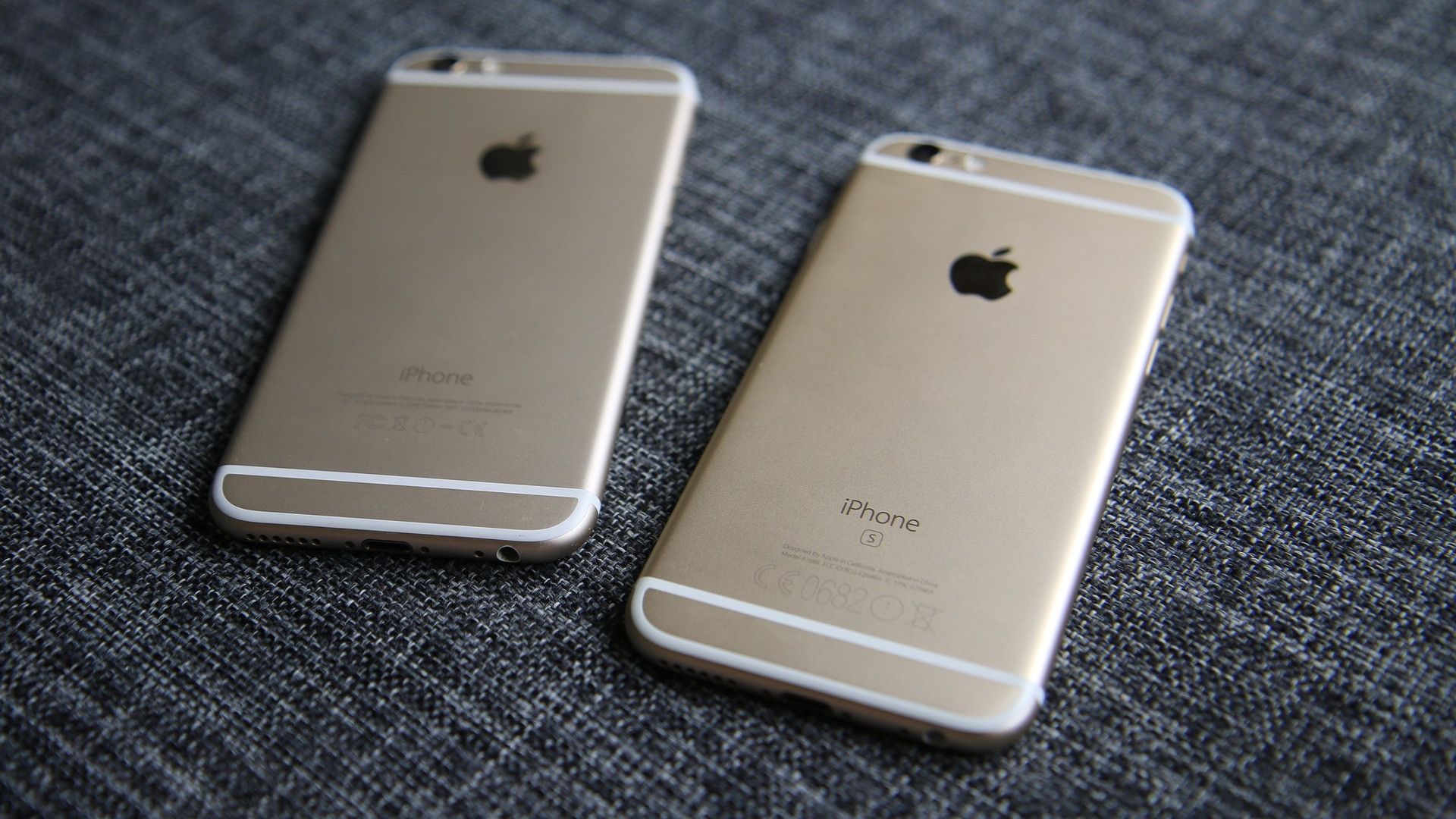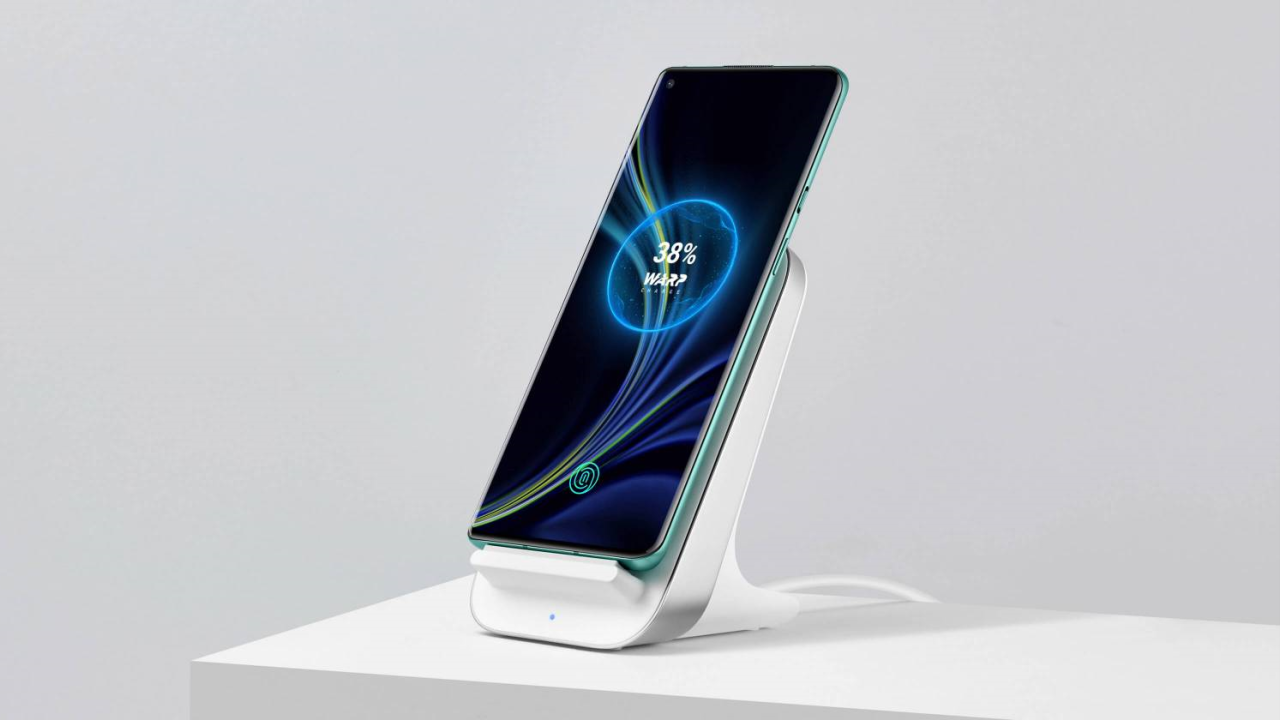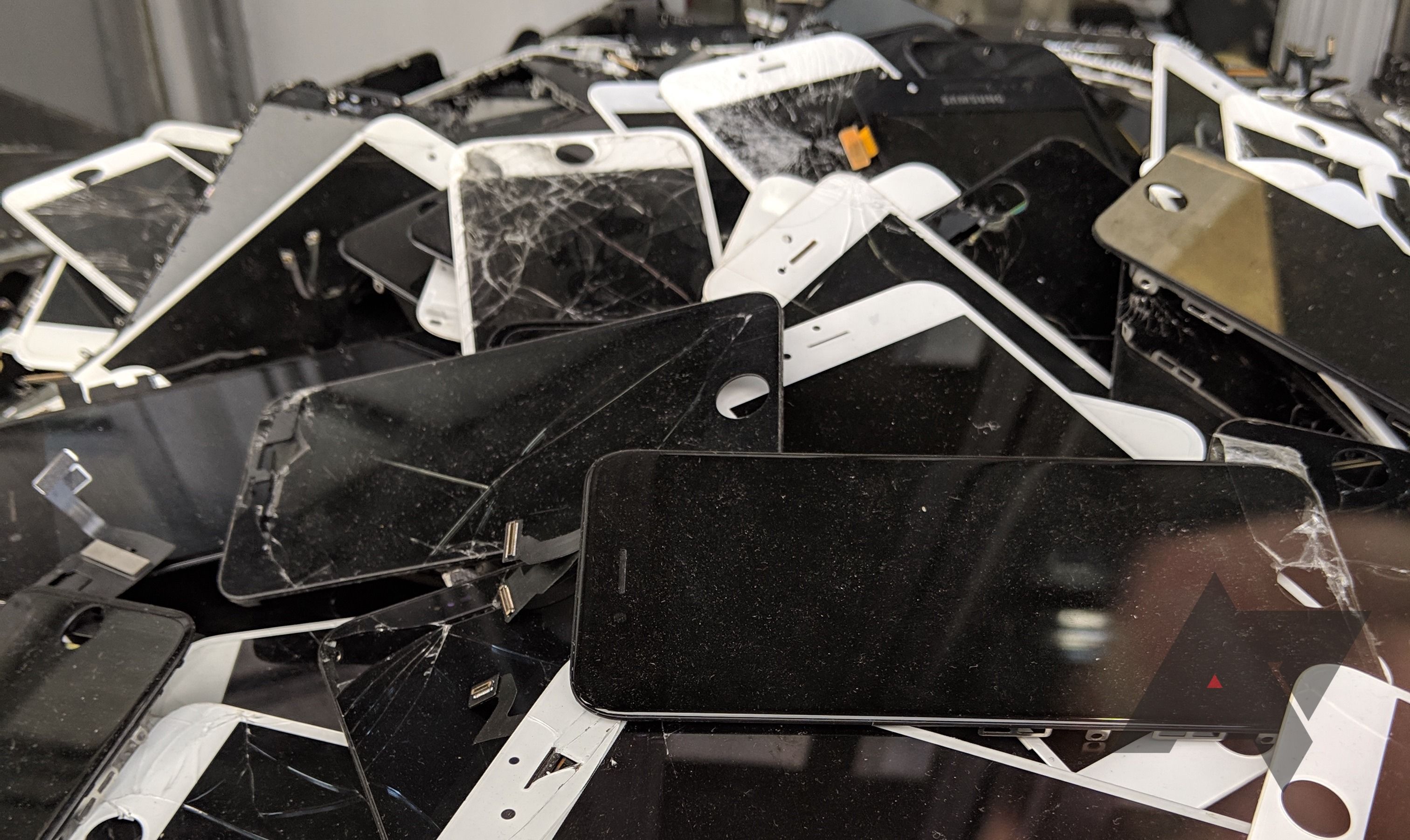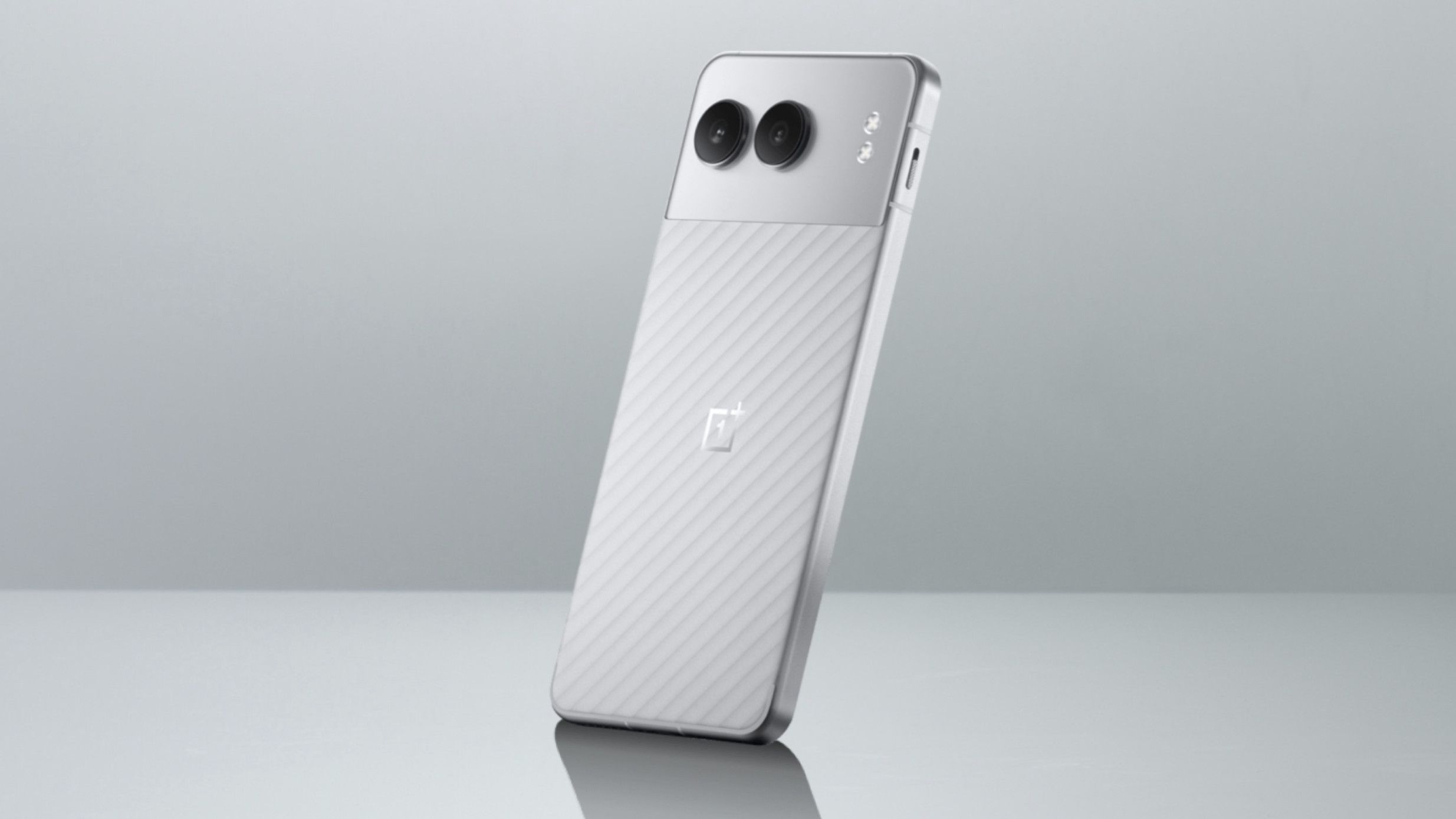There was a time when metal phones weren’t rare. They were never the majority, but if we rewind to 2016, we’ll see that both established players (Apple, HTC, Huawei, LG) and newcomers (OnePlus, Google) generously used metals in the designs of their top-tier devices.
Clearly, things have changed. If we browse through 2024’s best Android phones, we’ll notice that the glass sandwich design dominates, with metal typically seen only around a phone’s sides. This makes the OnePlus Nord 4 unique in today’s mobile landscape, as it dazzles with a luxury-exuding metal body. But why would they stop making all-metal phones in favor of fragile glass? Well, it’s complicated.
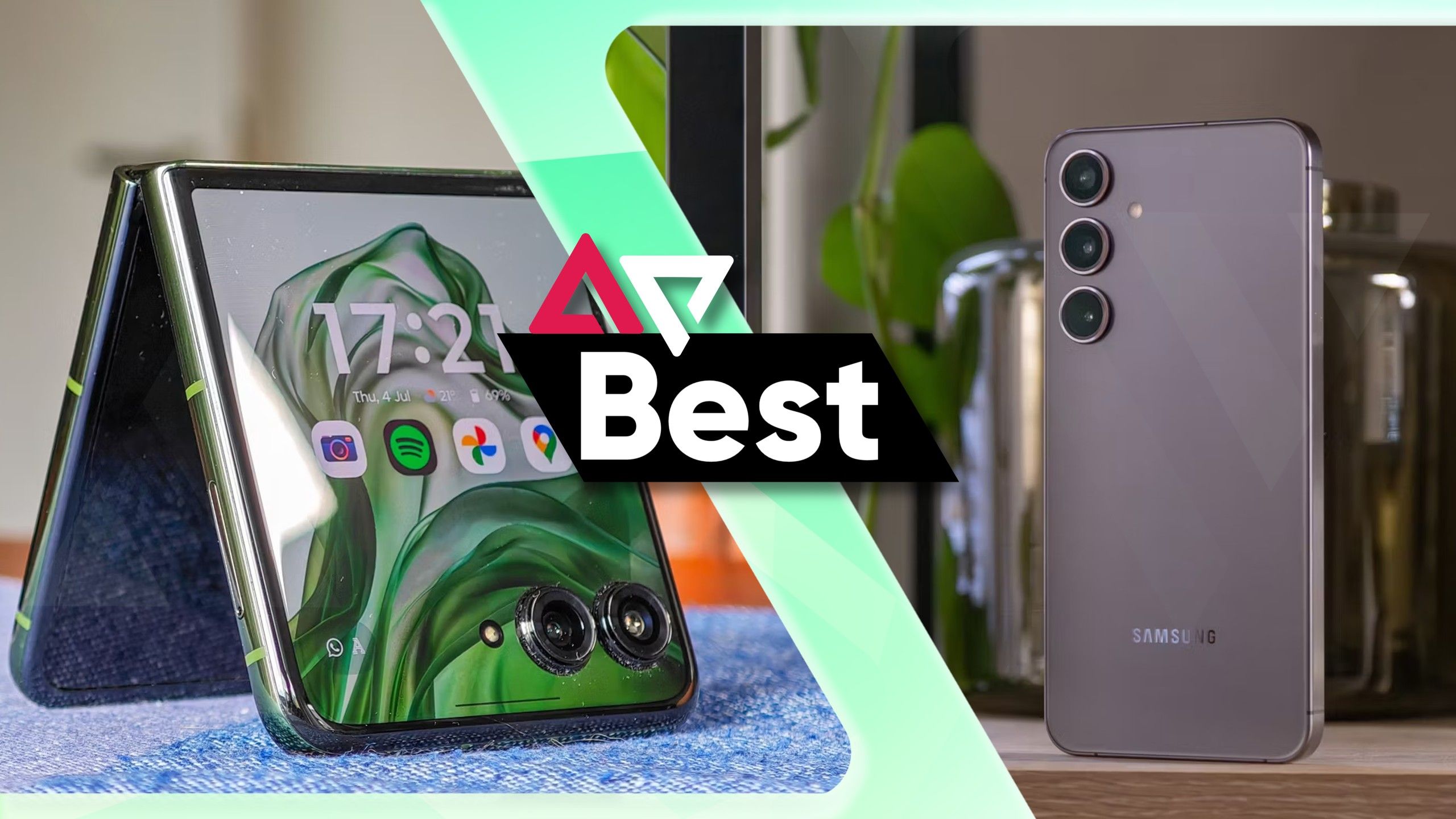
Related
Best Android phones in 2024
Premium devices with premium capabilities
Advantages should be easy to see — and feel
As veteran phone reviewers would agree, metal phones like the iPhone 6 and the HTC One M8 were perceived as luxurious and better put together next to plastic contemporaries like the Samsung Galaxy S5. The appearance and sensation of touching aluminum made the product feel worthy of a premium price.
A metal phone was also expected to prove more durable and longer lasting, though I must take my nostalgia goggles off for a moment and remind you that Bendgate also happened. Even with a tank like the HTC 10, there’s always luck involved with every accidental drop, but with a metal back instead of a glass one like on the Samsung Galaxy S6, the odds were in your favor.
So, again, why would any phone maker ignore a material cooler than plastic and stronger than glass?
Radio signal interference
Source: andri333/Pixabay
“Some say it’s impossible in the 5G era to make a smartphone with the strength, sophistication and enduring quality of metal. We say… Never Settle.” — the teaser for the OnePlus Nord 4 states.
Radio frequencies are easily blocked by metals, which is why the iPhone 6, like other metal phones of the time, had those notorious bands on the back with antennas laid out behind them. These plastic bands were RF-transparent and allowed radio waves to travel.
However, the iPhone 6 didn’t have 5G. The new standard not only requires additional physical antennas for mmWave 5G, but also operates across frequencies that are easier to block. Therefore, a 5G phone would be more easily affected by materials that interfere with radio signals, while its radios would have to consume more power to overcome any signal attenuation.
Design trends and flexibility
Ten years ago, a metal phone would have easily stood out in a sea of its plastic peers. It would look special today as well, but I feel like the impact of an all-metal body wouldn’t be as profound, as people are quite used to seeing premium-made handsets now. Perhaps phone makers don’t have as big of an incentive to invest in an alternative design, especially if that may hurt wireless performance.
Another reason why glass backs took over metal could be the creative freedom the material enabled. Sure, a brushed metal finish looks classy, but certain designs can only be achieved using a medium like glass; the sophisticated appearance of the Flowy Emerald OnePlus 12 or the Aura Glow of the Samsung Galaxy Note 10, to name a few.
Wireless charging
Some might see this as a minor feature, but wireless charging is here to stay. Consumers now expect to see it on all new premium phones, and nearly all of them support the functionality.
Unfortunately, the widespread Qi wireless charging standard doesn’t work through metals. If a smartphone maker wants wireless charging, they’d have these few options: go for a glass/plastic back; pull a Google Pixel 5 and leave a huge cutout in the middle of the phone’s metal back, greatly reducing its rigidity; or implement a completely different standard, like Qualcomm WiPower, which works through metals, but isn’t popular.
Of course, there’s also the option of dropping wireless charging in favor of an all-metal design, but I wouldn’t expect to see this happen with modern high-end phones.
Wait a minute! Is this all a scam?
Some speculate that the switch to glass was fueled by greedy phone companies. The conspiracy claims that making phones more fragile and difficult to repair means people would spend more on protective accessories, use more professional repair services, and replace their phones more often.
It’s a spicy theory, but it’s anything but proven. In any case, surveys indicate that a phone’s lifespan has increased in recent years. There could be many reasons for this, from longer software support and use of improved materials, to the fact that most people use cases anyway. Phone hardware overall has become more futureproof, especially in the storage and RAM departments.
And with the average phone being so expensive, I wish to believe that people are taking better care of their phones.
Hint: strategic material choices and antenna placement
Source: OnePlus
The OnePlus Nord 4 is not quite the solid metal slab the HTC 10 was. Notice the shiny plate around its cameras — that’s made of glass, and you can bet that critical antennas are right behind it, as well as behind the discreet plastic strip along the bottom edge. There’s no wireless charging either, and mmWave 5G support is out of the question.
These factors alone must have made designing a metallic 5G phone a relatively easier challenge. And remember, just because OnePlus says its metal-clad 5G phone works doesn’t guarantee it performs as well as its peers in the real world.
To me, it seems that OnePlus is experimenting with phone designs. It’s not uncommon for such creative demonstrations to be carried out on mid-range phone lineups (remember the Samsung Galaxy A80?), where enough buyers pay attention to product value and functionality, but any negative impact on the brand would be minimal if anything goes wrong.
Of course, I hope the OnePlus Nord 4 turns out to be a solid phone. In a world where all phones look the same, we could use some variety and experimentation that doesn’t involve $1,800 folding phones or tech jewelry of questionable value.
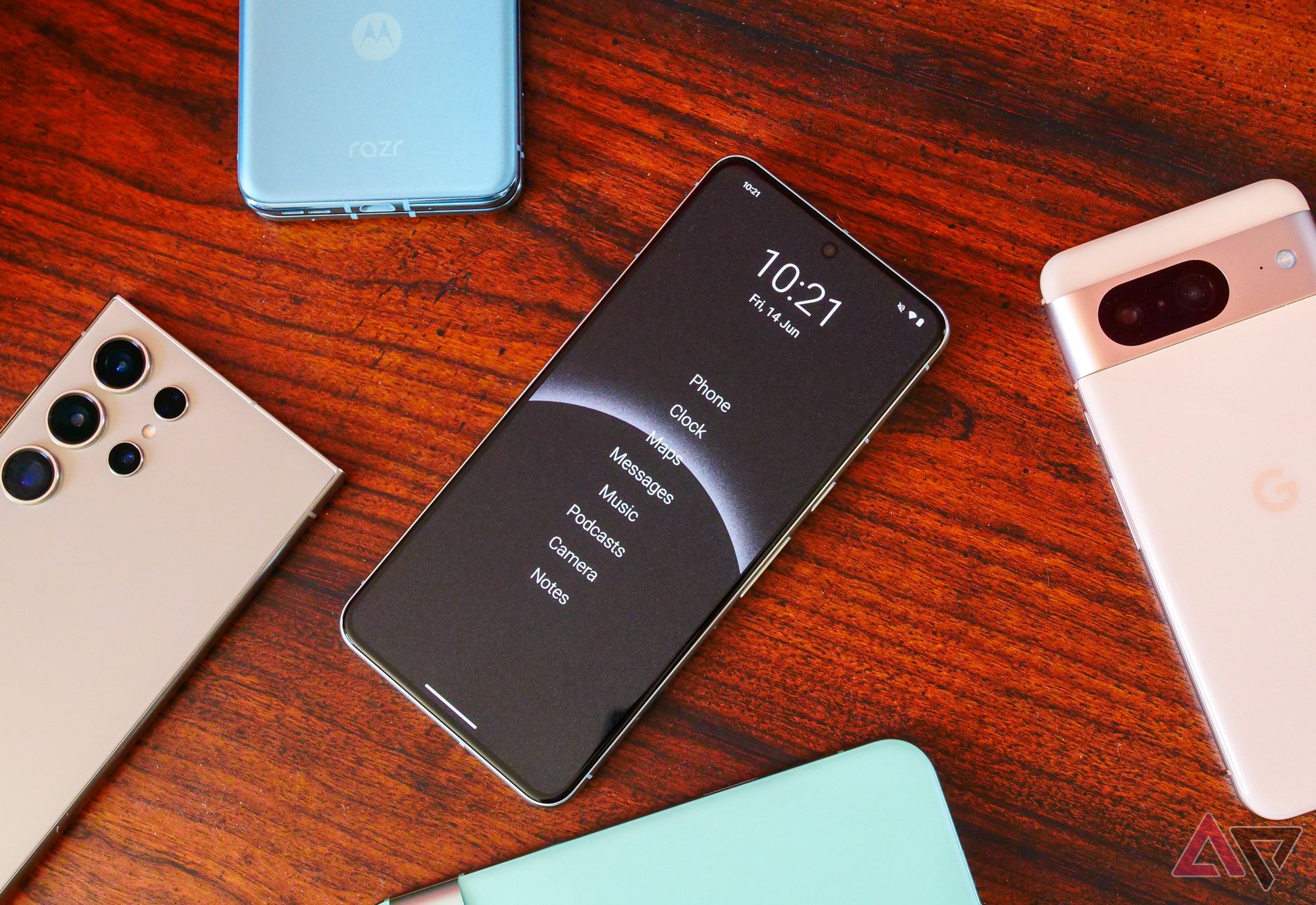
Related
I’m utterly bored by modern mainstream smartphones
Since when did technology become so conformist?
Source link

